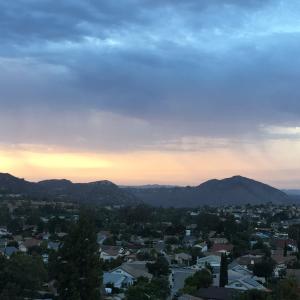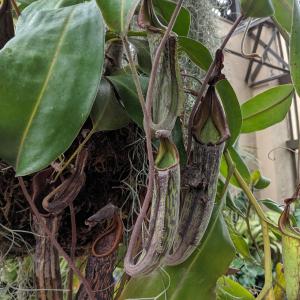
Pacific coast is colder than Atlantic coast

Image: Google Maps
What does Earth's rotation have to do with ocean temperatures off San Diego?
The average water temperature off Scripps Pier in September is 66 F. Follow San Diego’s line of latitude (32.7 N) over to Charleston, SC, and you will experience an average water temperature of 82 F. The sun’s rays hit both locations at the same angle, so what other factors contribute to the difference in water temperature?
The quick answer to explain the difference in coastal water temperature is to track the water’s path. Ocean water off San Diego comes from Alaska. Ocean water off Charleston comes from the Caribbean. This explanation opens additional questions, like why does water move up the coast on the east but down the coast on the west?
You can explore global ocean circulation through density experiments and through the phenomenon known as the Coriolis effect:
- Water near the polar regions increase in salinity and density, because when saltwater freezes it leaves behind salt. This causes denser salty water to sink to the bottom and fresh water to rush in. This helps explain the circulation in a north-south direction. But why does water travel up one side of a continent and down the other side?
- As the Earth spins, the Coriolis effect kicks in. As Earth rotates, water at the poles rotates at a slower speed than water near the Equator. This difference in speed causes water to deflect to the right in the northern hemisphere and deflect to the left in the southern hemisphere. The animated photo above is a Coriolis fountain, a visual demonstration of this phenomenon. What direction do you think the spouts of water will go when the fountain is turned? What direction does the water actually go? Why?

Coriolis Fountain. Image: Hector Maciel, YouTube
Need additional visuals to support the Coriolis effect? Use imagery of hurricanes and typhoons in both the Northern and Southern hemispheres. What is similar? What is different? What direction do each spin?
Resources:
NOAA:Average Water Temperatures, South Carolina and Georgia
NOAA:Average Water Temperatures, Southern California
NOAA: Surface Ocean Currents




